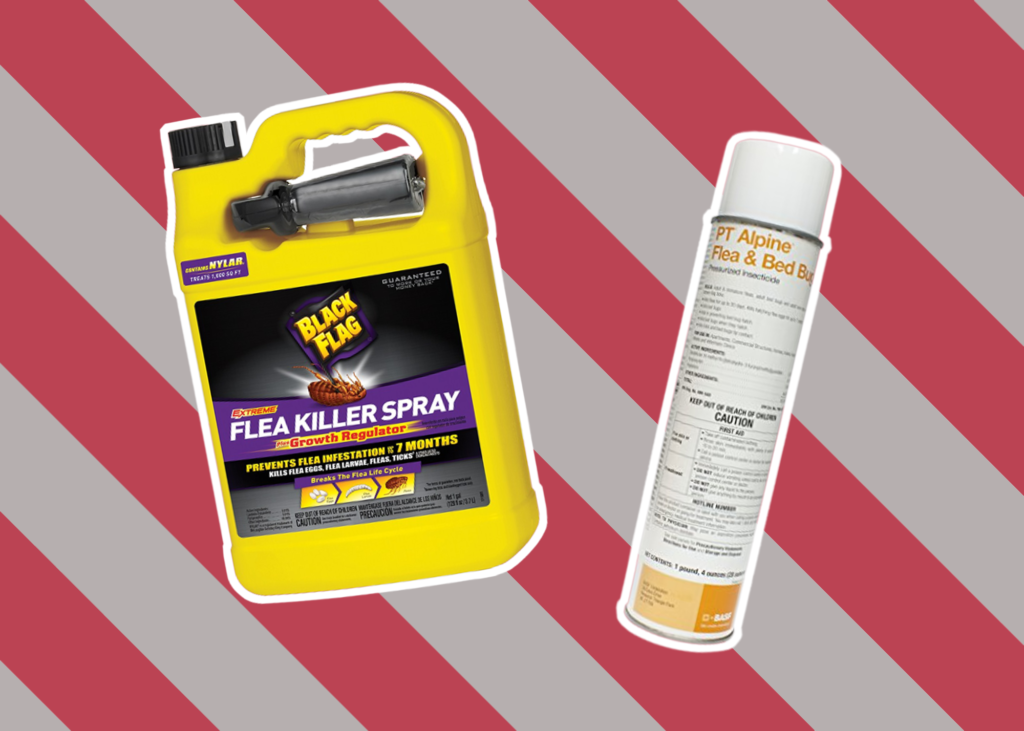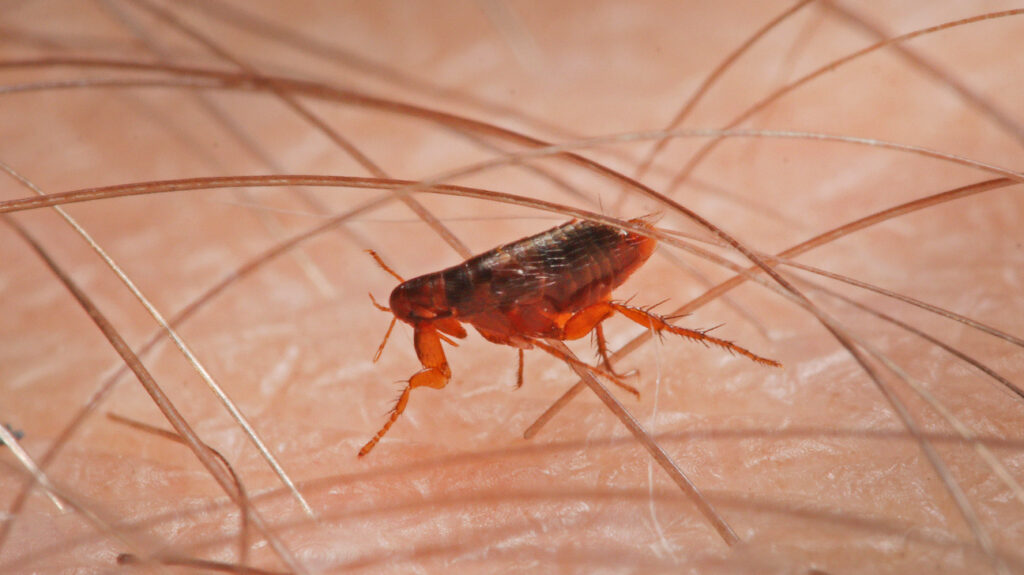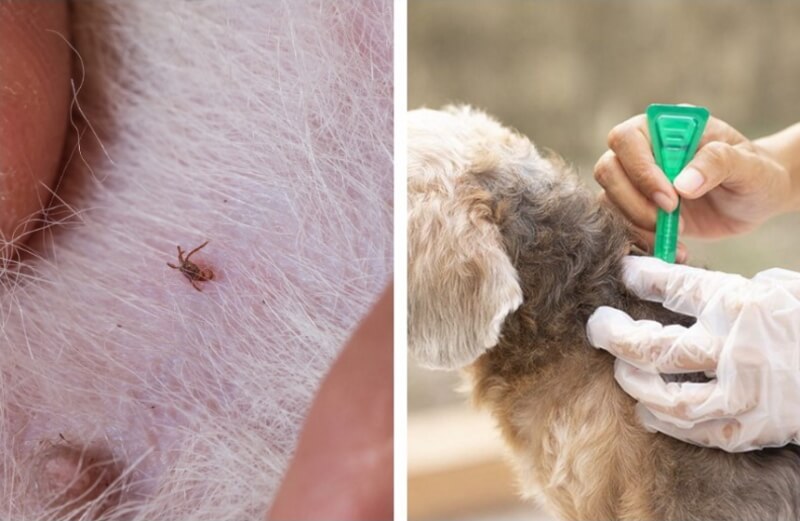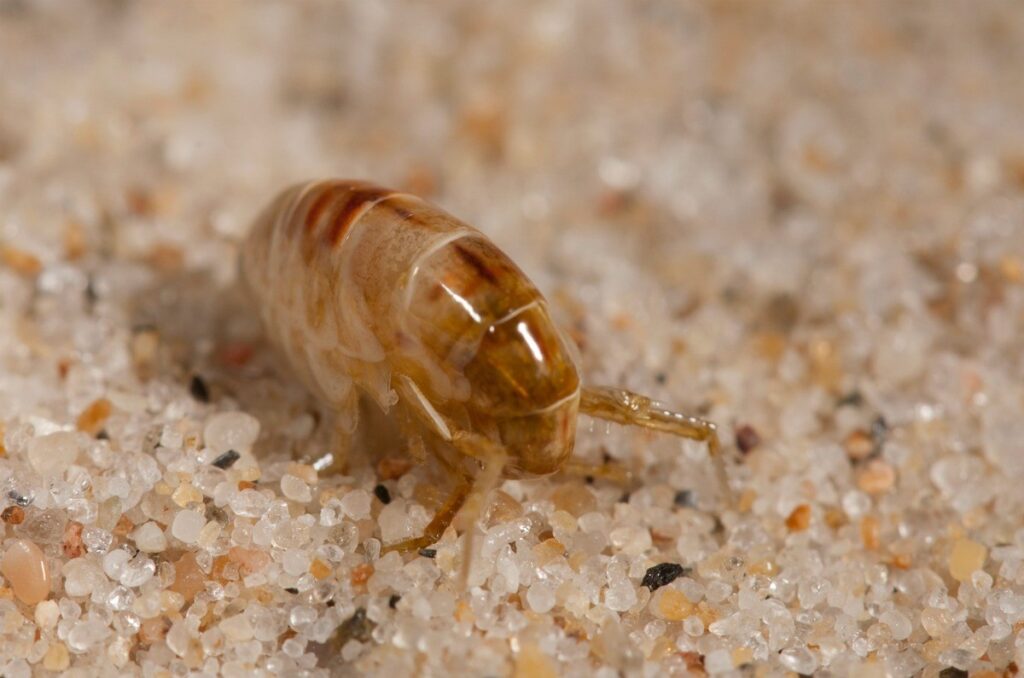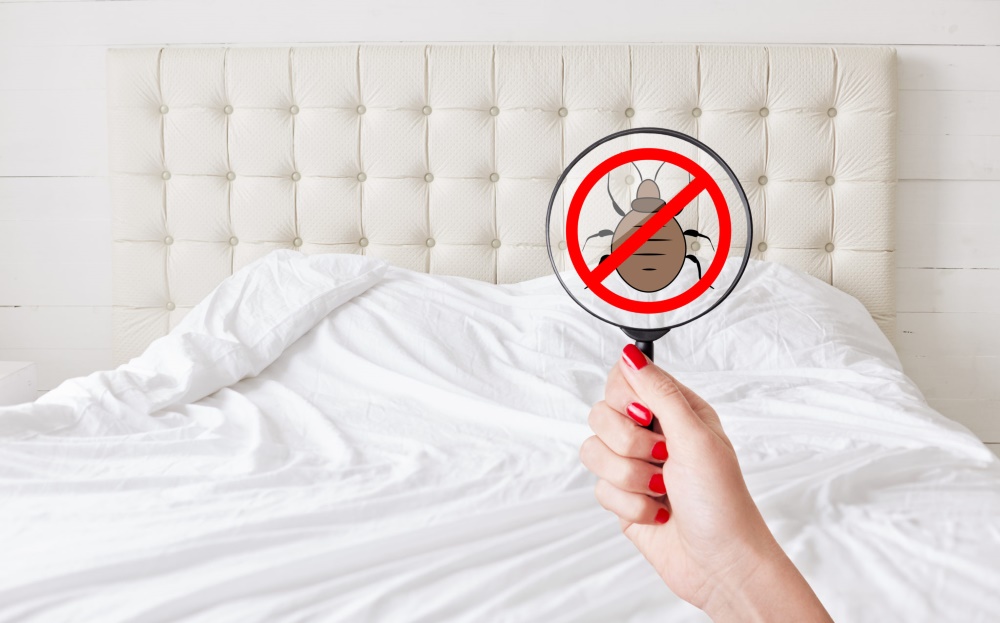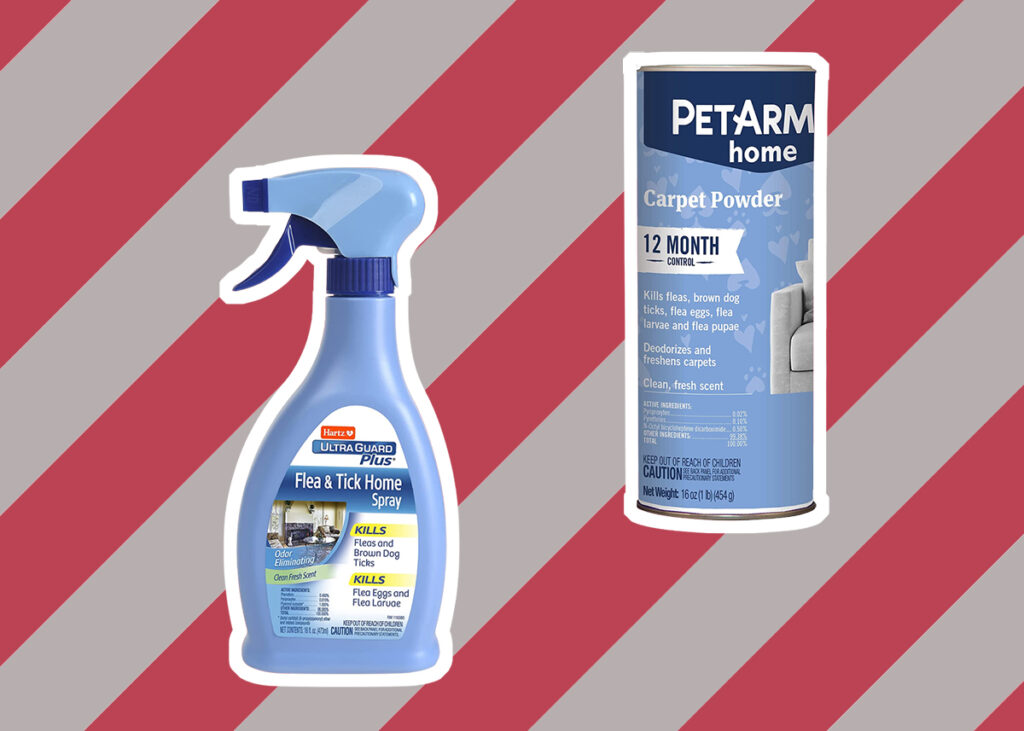

Fleas are annoying, tiny, acrobatic, and ridiculously difficult to eliminate. Furthermore, they multiply quickly, making them a challenge to eradicate. While fleas mainly come into your house via pets, people can also track them on shoes and clothes.
An itchy and scratchy pet is a common tell-tale sign of a flea infestation. However, since fleas are a quarter of an inch long, you might not notice a flea infestation spread to the rest of your home. Here, you’ll learn what fleas are, how you can identify fleas, and how to get rid of fleas in the house forever.
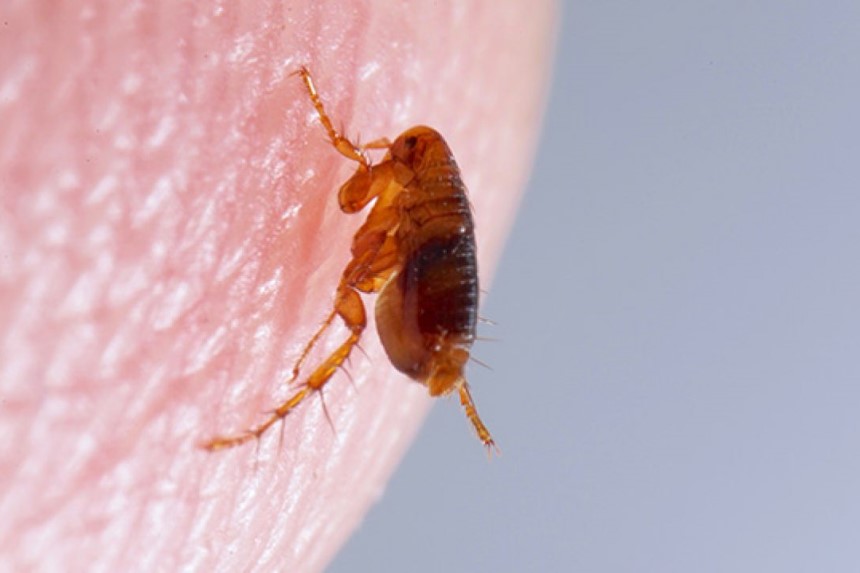
Fleas are tiny, wingless, dark brown or auburn, oval insects with semi-hard shells. Their hind legs are longer to help fleas jump.
You might notice them crawling on bright-colored pet fur. If you have a flea infestation, you may notice black, brown, or white powdered deposits in your bedding or carpeting. The white substance is usually fleas’ eggs, while the black powder is flea poop.
By dropping them into water, you can confirm if the black specs on your floor are flea poop. Check if the particles stay black or turn red or brown. If the color changes, it’s flea poop.
If you frequently walk around your house with socks on, check the soles of your feet and the ankle area. Sometimes, fleas jump from the carpet onto your legs. The trick is to wear white socks instead of darker ones.
You can also inspect your pet to confirm if you have fleas in your home. If your pet scratches frequently, they likely have fleas. Wet your pet’s fur and comb through it to check for fleas.
Knowing the lifecycle of a pest helps you eliminate the infestation at the most vulnerable stage. The lifecycle of a flea has four stages—adult, egg, larvae, and pupa. The length of the lifecycle depends on the environmental conditions.
After getting a blood meal, adult fleas mate. The female fleas then lay white eggs that hatch into larvae between 1-10 days, depending on temperature, humidity, and other environmental factors. The larvae drink blood and flea poop, and within 5–20 days, the larvae spin a cocoon and get into the pupa stage.
Inside the cocoon, the pupa is safe from insecticides, repellents, and other environmental conditions. Then, it transforms into an adult flea until it’s time to hatch. Flea pupae closely resemble adult fleas and gradually change color from white to yellow and finally brown.
Once the development cycle is over, adult fleas will only emerge from the cocoon when a blood meal is available. Usually, the host’s body heat and vibrations signal the flea that a meal is ready.
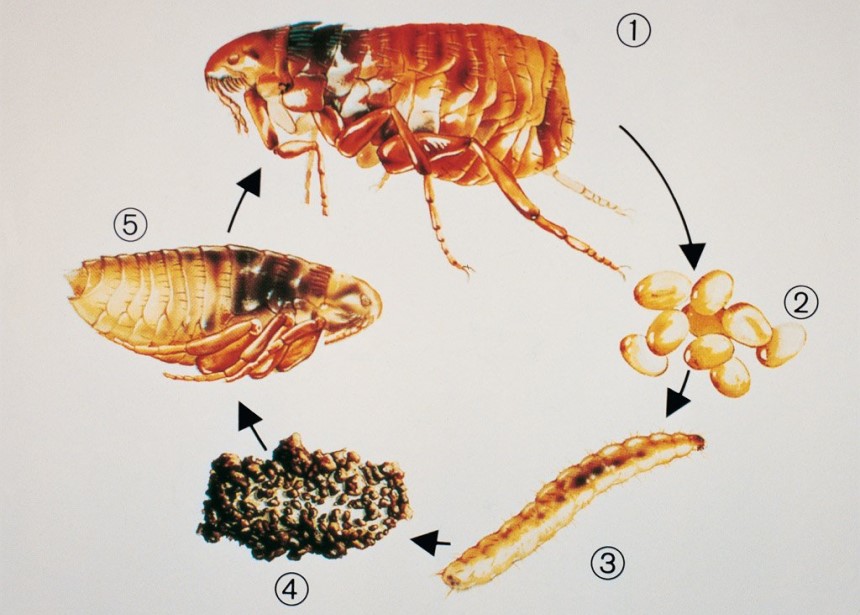 Why Do Fleas Appear in Your Home?
Why Do Fleas Appear in Your Home?Fleas may get into your house through people. They jump on the next warm-blooded creature and cling onto socks, clothes, and shoes. Since it’s hard to pick fleas from your clothes and items, applying repellent is easier before going out.
However, fleas often spread in your home because of animals. The fleas may jump from one host to another when animals interact. Your pets may collect the fleas from play partners, dogs at the part, or another pet in your home.
Flea eggs do most of the spreading. Wild animals and pets can roam into your home or yard and drop flea eggs from their fur. Once the eggs hatch, they hatch and multiply. Eventually, you, your family, pets, or pets roam the yard, collect fleas, and spread the infestation.
Fleas may also enter your house through furniture. Adults may hide in the fabric. Even if you poison adult fleas, the eggs may remain. Therefore, be cautious with used or second-hand furniture.
Adult fleas live in pet fur and other wild animals such as squirrels. Once the pests latch to your pet’s skin, they begin to feed. Eventually, the adult mate, and females lay eggs, which fall off the fur onto your carpet and anywhere the animal spends time. The eggs then go through the cycle and develop into adult fleas that further bite you and your pets.
Fleas may also fall off your pet’s fur or rub off your pet’s belly when lying down. Adult fleas jump from the carpet onto your feet, ankles, and socks as the infestation grows. You may carry them around your home into the bedding. Fleas also hide in furniture and floor cracks.
Infestations are worse in summer because it’s warm and humid. However, flea activity doesn’t stop down in winter because your home provides the ideal warm environment for fleas to survive. The lifecycle may be slower, but the infestation persists.
Flea bites resemble a mosquito or small insect bite. They commonly appear in clusters around legs, arms, and ankles. You might notice a small spot with a central red bump. The area may also form a scab, surrounded by a red halo.
Fortunately, the irritation lasts a few days and may not require treatment. An over-the-counter ointment and antihistamine resolve the itchiness. However, if you develop further complications, see your doctor.
Besides skin bites, some people don’t have noticeable reactions to flea bites. However, flea bites cause allergic reactions and spread dangerous diseases if infected. Allergic reactions from flea bites include hives, rashes, swelling of the lips and face, and difficulty breathing.
The cat flea or Ctenocephalides felis transmits flea-borne (murine) typhus and cat-scratch disease (CSD). These fleas are commonly found on all pets, including cats, dogs, and domestic animals.
A severe infection from flea bites causes fever, headache, nausea, dizziness, rashes, abdominal pain, and weakness. If you notice any of these symptoms, seek medical help.
Usually, human beings are secondary hosts. Fleas only bite you because they’ve not found a suitable host, like a pet. If you’re around, fleas detect heat, vibrations, and carbon dioxide to feed on you until they find the right host.
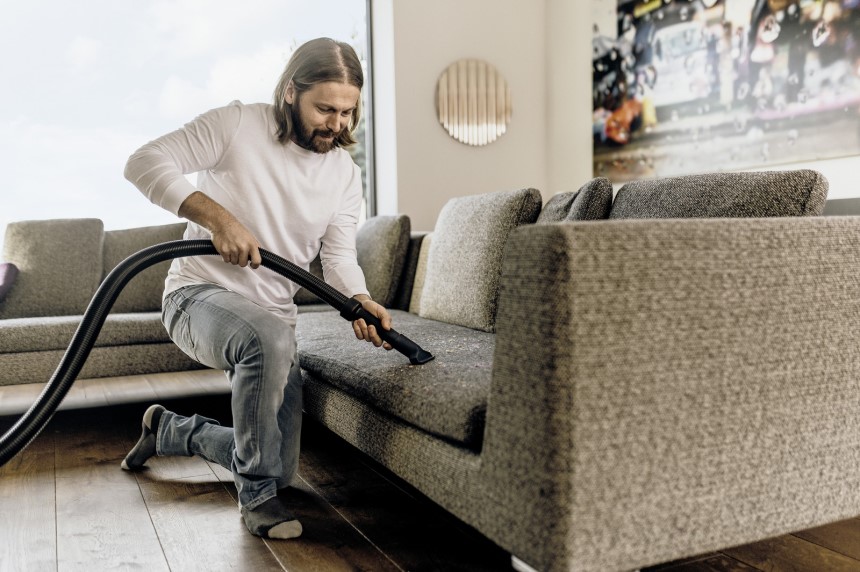
Clean every corner of your home with a steam cleaner. The high temperature kills fleas, eggs, and larvae, making it easier to stop an infestation. Focus on the carpet, couches, curtains, and beds. Don’t forget to clean the pet bed rigorously.
Vacuum all parts of your home, especially the carpet, beds, curtains, and furniture. Vacuuming removes fleas, larvae, and eggs. Once done, throw the bag away to prevent infestation. If you have a bagless vacuum, take the canister far from your house before emptying the contents.
Gather all your bedding, including sheets, blankets, duvets, and pillowcases. You should also wash rugs, towels, and any clothes exposed to fleas. Wash your laundry in hot water with detergent.
A vinegar and water solution repels fleas and is also safe to use in your home, on fabrics and clothes. Fill half the spray bottle with vinegar, and the rest with water. Shake and start spraying around the house.
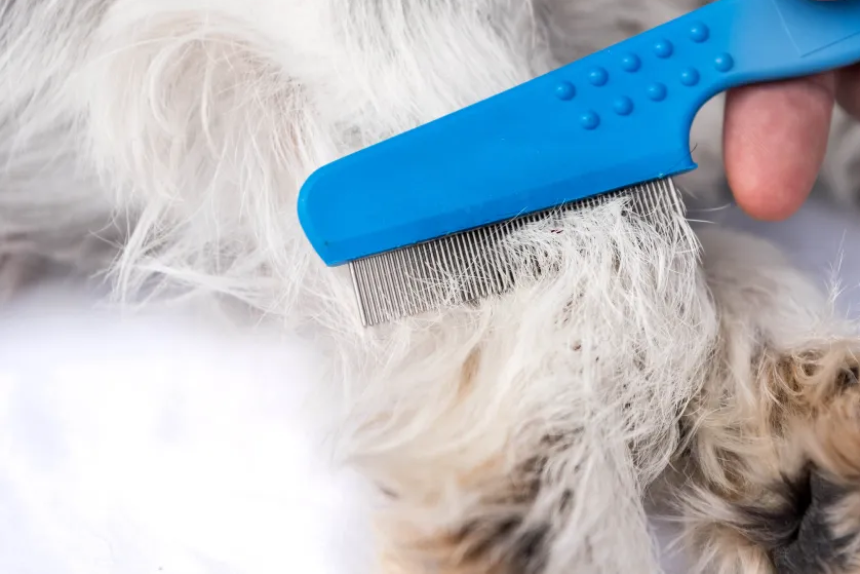
If you’ve noticed fleas in your pet, isolate them to reduce the spread to other parts of the house. You could also do this when you and your pet have been outdoors. Place them in an enclosed space with a door, such as a bathroom or mudroom with non-carpeted floors.
Get a sheet and spread it on the floor to catch any falling fleas. Use a fine tooth comb to go through your pet’s fur. Dip the comb in a water and dish soap solution regularly as you comb. After you’re done, pour the water into the toilet and flash to drown all fleas. Then, put the sheet in a plastic bag to prevent flea escape.
Prepare a warm bath with flea shampoo or dish soap and warm water for your pet. Spread the soap generously and rinse your pet to remove fleas.
You can reduce fleas in your home by trapping them. The first method is to use water, dish soap, and a table lamp. Fill a bowl with water, add a few drops of liquid soap, and place the solution next to a source of light. The light attracts the fleas to the water, but once they fall in, they cannot escape.
Alternatively, use the Micnaron Sticky Dome (2 Packs) Flea Capture Trap w/Sticky Pads. The incandescent light and warmth attract fleas and larvae, which then get trapped on the sticky tape. You can leave the trap overnight on the carpet, near pet bowls and pet bedding or along windows and doors to trap as many fleas as possible.
After cleaning your pet, apply flea repellent on their skin to protect them the next time they’re outdoors or playing with other animals and pets. Also, clean the kennel, potty, and feeding areas, and spray around them to deter fleas.
A flea bomb releases chemicals into the air to kill fleas. However, this treatment is best done when you are outdoors. Take the family and the pests out for the day and let the chemicals do their job.
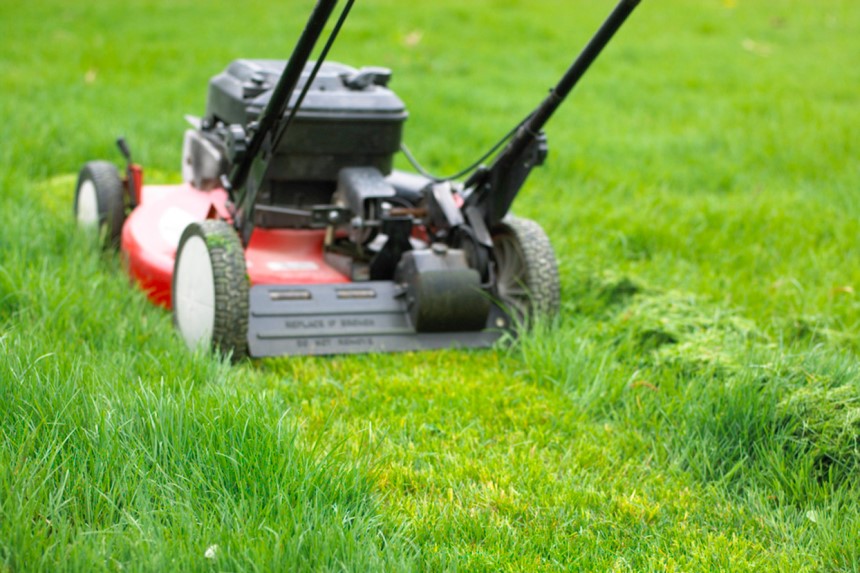
Cut the grass and trim the bushes in your lawn to prevent pests from thriving outdoors.
Avoid overwatering your plants because the moisture creates a great environment for flea breeding.
Fleas love the dark, so give them all the light you can to discourage an infestation.
Spray your lawn with flea treatments to kill existing fleas and prevent new infestations.
Cedar is a natural flea repellent. Purchase mulch with cedar and use it in your yard, flower beds, and garden.
Nematodes are microscopic organisms that live in the soil. They control pest infestations naturally by attacking flea larvae while leaving mammals unharmed.
The video below shares some of the most effective ways to get rid of fleas.
Spray a flea repellent in your home and on your pets. Vet’s Best Flea and Tick Home Spray is an effective flea repellent that’s safe to use on dogs and around the home. The essential oils in the product repel fleas, while the poison kills fleas. You can also spray your floors, especially along entrances, your pet’s bed, and furniture. However, protect your kitties from interacting with this product when it’s still wet because essential oils are dangerous for cats.
For cats, use the Advantage II flea prevention treatment. The treatment comes in various sizes for large and small cats. Apply the treatment generously on your cat’s skin and fur to kill all fleas. The treatment starts within the first 12 hours and lasts up to 30 days. You can apply the product monthly to reduce infestation.
Also, when you come home from a walk or travel, wash your pet or comb through for fleas and regularly clean and treat fleas to prevent the infestation. Call a professional exterminator if you notice little improvement with homemade remedies and store-bought treatments.
Flea infestations can quickly spiral out of control. Itchy pets are a common sign that you have a pest infestation. After treating your pet, clean your home thoroughly, and get a flea repellent for your home and pets. You should also make your yard inhospitable for fleas. Ultimately, how to get rid of fleas in the house forever is through regular cleaning and flea repellents.
